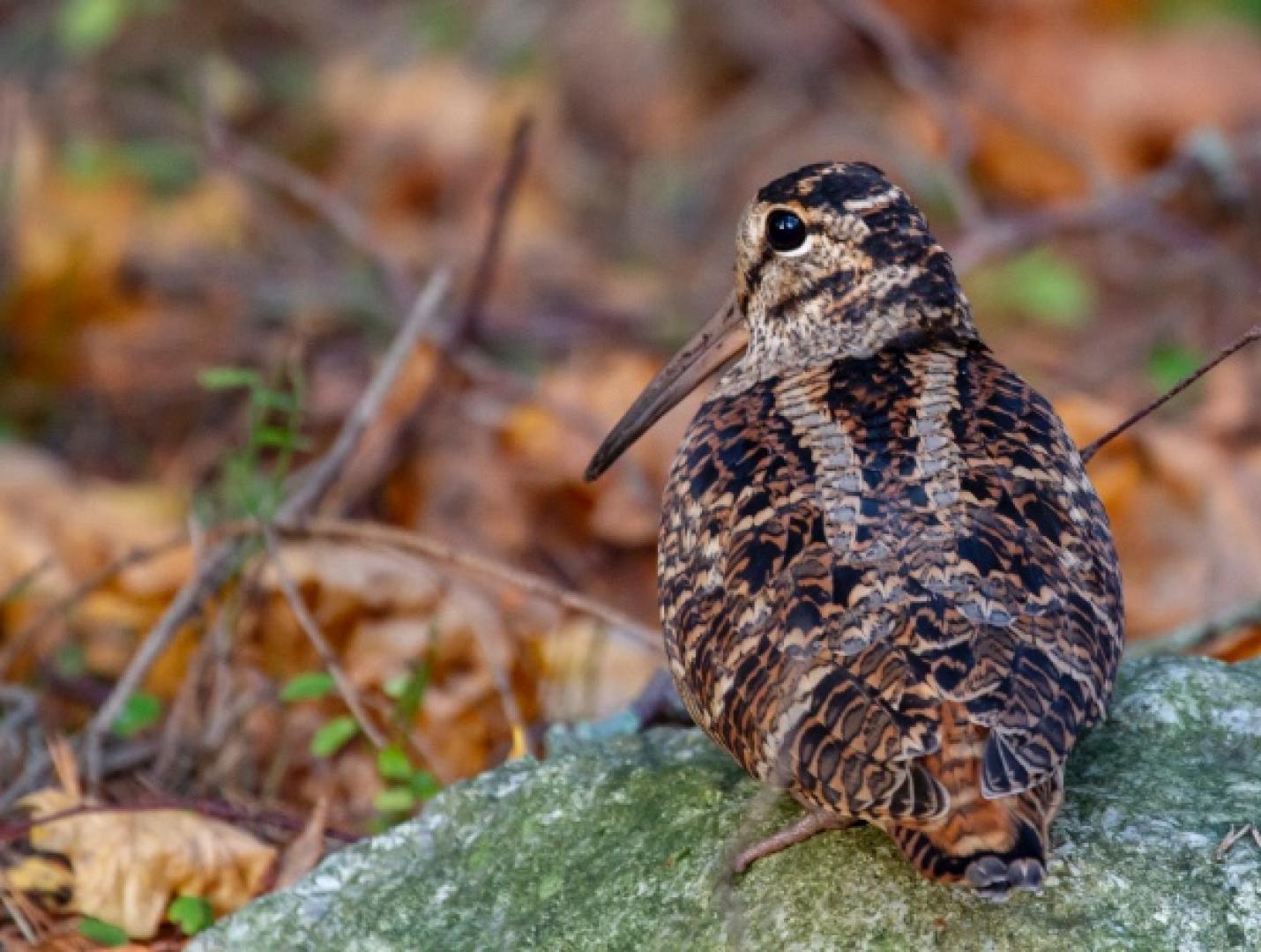Flying through wildlife science: ringing Eurasian woodcocks in Hungary
You probably already know him, the little brown bird with the long beak that likes to “dance” as it walks. The Eurasian woodcock is a small, wading bird that can be found and hunted in many European countries.
It is a migratory bird that flies not so much from North to South, but rather from East to West, looking for warmer wintering grounds. During this migration, some birds that reside in Hungary are caught and ringed before they continue their way to the UK and France.
Let’s look at this process in more detail.
Monitoring program
In Hungary, there is a special woodcock monitoring program, which is the only legitimate framework in which birds can be shot. Hunters are obliged to provide observation and hunting bag data in order to have up-to-date information on the population because it is not considered a “regular” game species in the country.
However, not only shot birds provide data for research purposes but live birds are caught and ringed as well. This happens in spring and autumn/early winter when the birds are migrating either to or from their wintering grounds.
Only a few dedicated people are trusted with this task and have the responsibility of providing data to the Hungarian Bird Ringing Centre who have gotten specific bird-ringing training.
Heading out to the field
I got the opportunity to join a woodcock-ringing expert, Gergely Schally from the Hungarian University of Agriculture and Life Sciences from the Department of Wildlife Biology and Management. We went out in early November with the aim of hopefully being lucky enough to catch some birds.
We headed out to the field after sunset, in a forested area around 30 km from Budapest, together with the local professional hunter. These birds love to feed on earthworms in the open field at night, therefore, after driving a short distance from the main road, we arrived at a piece of fallow land, where lots of birds are known to often dwell.
A small net is used to catch the birds which is attached to a six-meter pole. The birds are then slowly and quietly approached with the net in one hand and a flashlight in the other. Surprisingly, they are not deterred by the light.
After standing six meters from the bird, the net is slowly brought closer to the ground and then finally dropped over the bird.
After the bird has been caught, we quickly approached it, as there have been moments in the past where some of them managed to climb from under the net and escape.
The examination and ringing
The bird is then examined to observe its overall condition and health. It is also placed in a cotton bag for safer handling and weight measurement.
The beak, tail, wing, and tarsus (lower leg) are then measured and registered, as well as the time of catching.
The age of the bird is also estimated by the examination of the moulting stages of their wing feathers. Birds can be then classified as first-year individuals or adults.
After all the information is registered, a metal ring is placed on the leg of the woodcock. The ring carries information on the ringing scheme with a unique identification code. After this procedure, which only takes a few minutes, the bird can be released.
What’s the reason for ringing?
We managed to ring a total of ten birds in one night, with one older and bigger specimen, but mainly young ones not older than half year as they seem to prefer this area.
This practice is done a few more days per season, so lots of information can be collected. This data is sent to the Hungarian Bird Ringing Centre where they process and check the data. They also have a very informative website where up-to-date data can be found for all bird species in the country: https://www.mme.hu/magyarorszagmadarai/madaradatbazis-scorus
Overall, the main focus of ringing birds is to track their migration movements and gather information on their demographics.
Interestingly, the adult bird that we caught that day managed to fly to Italy, where it was shot by a hunter close to Pisa three weeks later. Consequently, we can determine exactly where the bird ended up migrating to.




